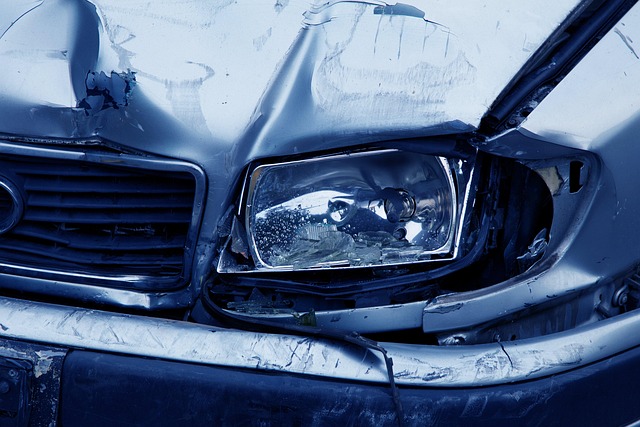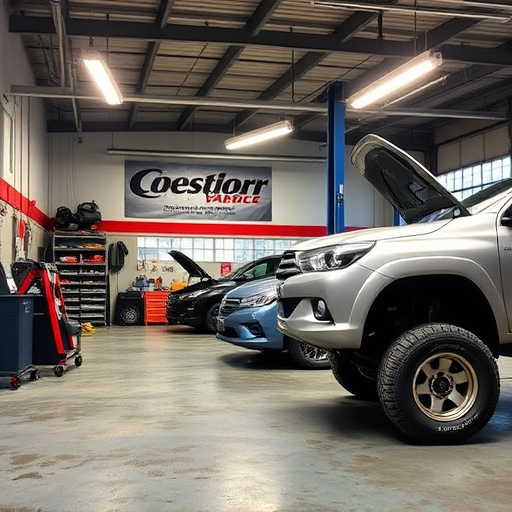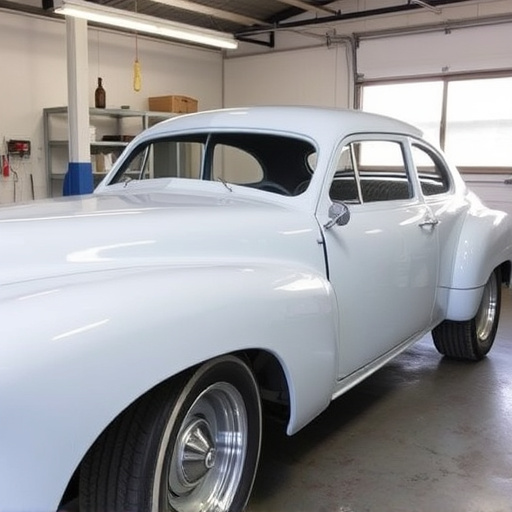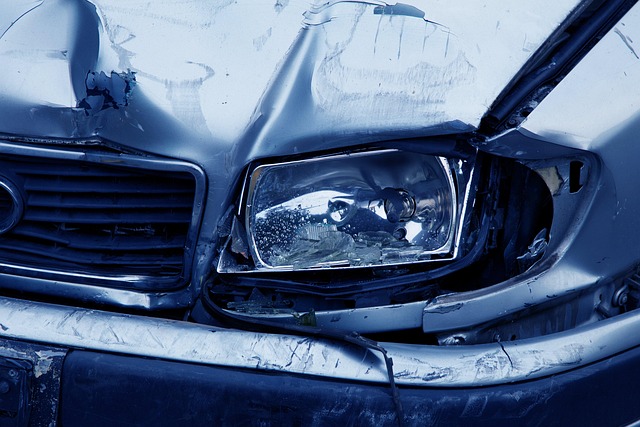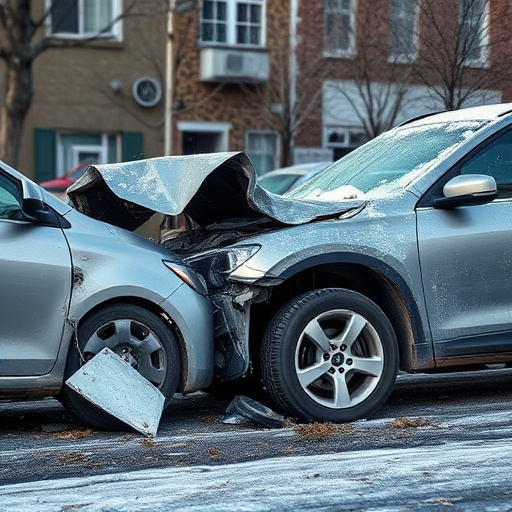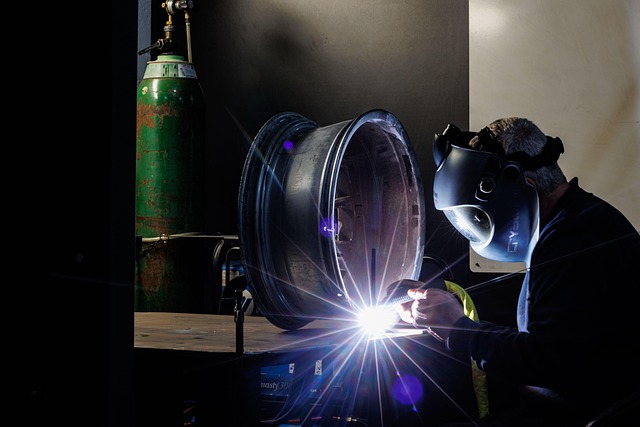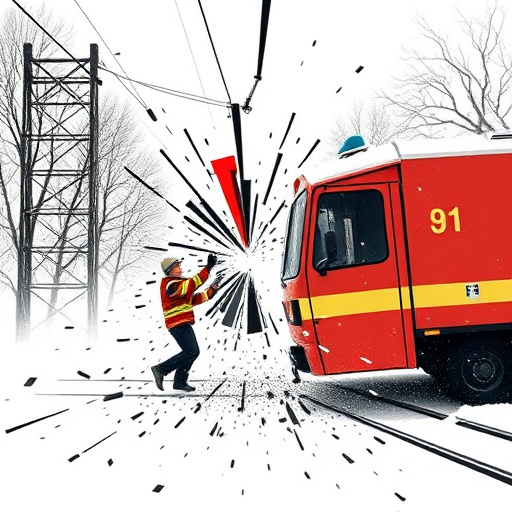Despite advancements in autonomous driving and electric powertrains by 2025, auto glass installation remains vital for vehicle safety and structural integrity. The industry shifts towards integrated technology, eco-friendly materials, and sustainable practices for auto glass, ensuring enhanced driver visibility, long-term safety, and reduced environmental impact during repairs like Mercedes Benz collision repair.
In 2025, auto glass installation remains a critical aspect of automotive manufacturing and maintenance. Despite advancements in technology and materials, safety and visibility—the primary concerns driving demand for quality auto glass—remain unwavering. This article delves into three key areas: Safety and Visibility, Technology Integration, and Environmental Impact, exploring how these factors shape the future of auto glass installation while enhancing vehicle performance and passenger well-being.
- Safety and Visibility: The Unwavering Importance of Auto Glass
- Technology Integration: Upgrading Auto Glass Installation
- Environmental Impact: Sustainable Practices in Auto Glass Replacement
Safety and Visibility: The Unwavering Importance of Auto Glass

In the realm of automotive technology, 2025 brings forth a myriad of advancements, from autonomous driving to electric powertrains. However, one aspect remains consistently critical for driver safety and optimal vehicle performance: auto glass installation. The windshield and other window panes are not merely aesthetic features; they play a pivotal role in ensuring the well-being of occupants and enhancing visibility.
Properly installed auto glass is a vital component of any vehicle’s safety system. It strengthens the overall structure, providing protection against impact during collisions. Moreover, modern auto glass is engineered to minimize shattering effects, preventing sharp fragments from spreading across the interior. This is especially relevant in the event of an accident, where clear and unobstructed visibility can be the difference between a minor mishap and a serious safety hazard. Even for those considering auto body repair or automotive repair services like Mercedes Benz collision repair, prioritizing quality auto glass installation remains paramount to ensure both short-term drivability and long-term safety.
Technology Integration: Upgrading Auto Glass Installation

The year 2025 is poised to bring about significant advancements in the automotive industry, and at the forefront of this evolution is the integration of cutting-edge technology into auto glass installation processes. As vehicles become more connected and autonomous, the role of auto glass goes beyond mere protection. Modern auto glass installations are now sophisticated systems that enhance driver visibility, integrate advanced safety features, and even contribute to vehicle performance.
This upgrade in technology demands precise craftsmanship and specialized knowledge. Repair and replacement services must keep pace with these innovations, offering solutions like laminated glass for improved impact resistance and heated glass for better comfort. Moreover, with an increasing focus on sustainability, auto glass manufacturers are exploring eco-friendly materials and recycling methods, ensuring that fleet repair services and bumper repairs not only meet but exceed the expectations of both consumers and environmental advocates.
Environmental Impact: Sustainable Practices in Auto Glass Replacement

As we approach 2025, the automotive industry continues to evolve, focusing on sustainability and environmental responsibility. Auto glass installation plays a vital role in this context, as it contributes to reducing the ecological footprint of vehicles. One significant aspect is the adoption of sustainable practices in auto glass replacement. Today’s auto repair shops are incorporating eco-friendly measures, such as recycling old glass and using recycled materials for new installations. This reduces the demand for raw resources and minimizes waste, which aligns with global efforts to combat climate change.
Additionally, advancements in technology enable more efficient auto glass manufacturing processes, further lowering environmental impact. With a growing awareness among consumers about sustainable practices, auto repair shops are expected to embrace these trends, ensuring that every car with a dent repair or needing a car paint repair also benefits from eco-conscious auto glass installation. This dual approach—combining high-quality repairs with sustainable initiatives—will define the future of auto care, making it both effective and environmentally friendly.
Despite advancements in technology, auto glass installation remains a vital aspect of modern automotive maintenance. As we approach 2025, the focus on safety and visibility through robust glass materials continues to be paramount. Technological integrations are enhancing installation processes, making them more efficient and precise. Additionally, sustainable practices in auto glass replacement are gaining traction, addressing environmental concerns while ensuring high-quality outcomes. Investing in up-to-date auto glass installation techniques is not just about meeting future standards but also ensuring optimal driving experiences and passenger protection.


